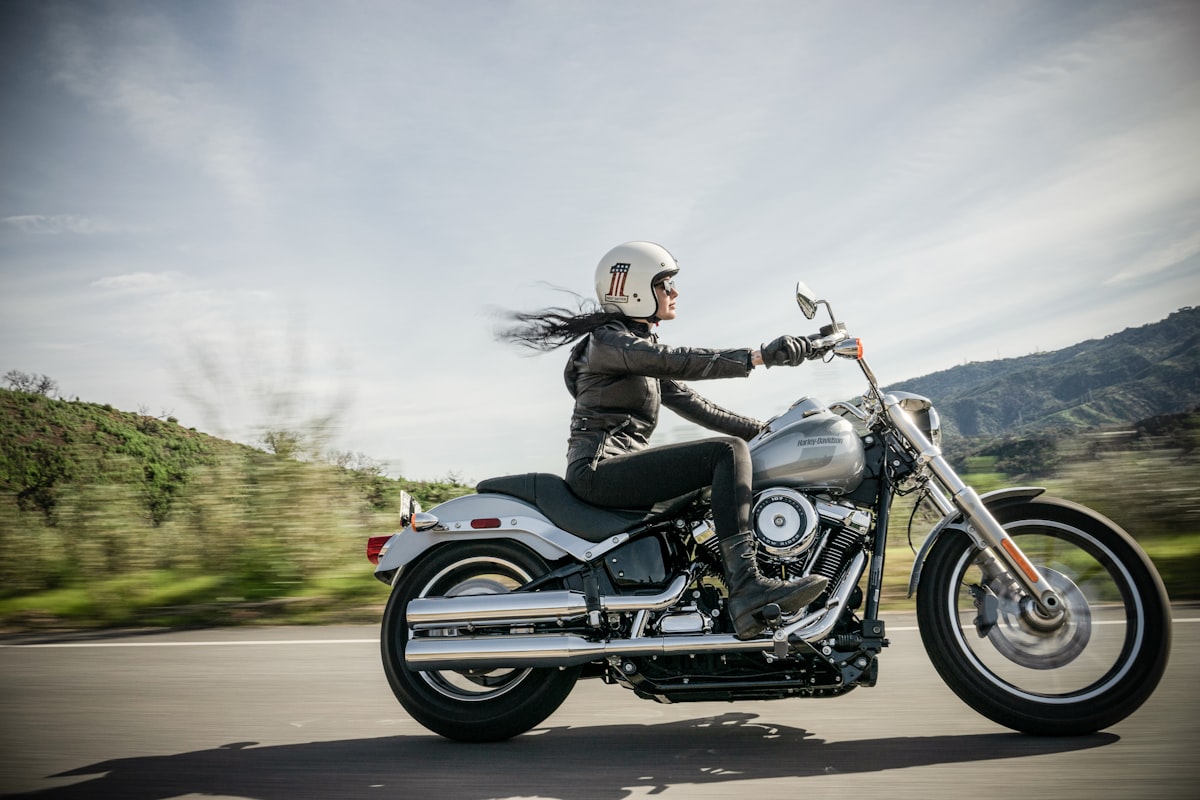Mastering motorcycle riding involves overcoming diverse challenges, from starting and steering to the intricate skill of shifting gears. Even for those familiar with manual transmissions, the process on a motorcycle differs significantly, posing challenges for even the most experienced drivers. For novices, the task is further complicated, requiring an understanding of both controls and the basics of manual transmission handling. This guide aims to provide a concise yet comprehensive overview, ensuring both beginners and seasoned riders grasp the nuances of motorcycle gear shifting for a seamless and exhilarating experience.
Understanding Gears on a Motorcycle
Motorcycles typically have a sequential gearbox, meaning you must shift through the gears in order (1-2-3-4-5-6). Each gear provides a different ratio between the engine and the rear wheel, allowing you to adjust the bike’s speed and torque output.
The Gear Pattern
Most motorcycles have a gear pattern displayed on the instrument cluster or near the shift lever. This pattern typically indicates the neutral (N) position and the gears from 1 to 5 or 6. The most common gear pattern is:
- Up for higher gears (1-5 or 6)
- Down for lower gears (5 or 6-1)
The Shift Lever
The shift lever is located on the left footpeg. It is used to engage and disengage the gears. When you push the shift lever up, you shift into a higher gear. When you push it down, you shift into a lower gear.
The Clutch
The clutch is a lever located on the left handlebar. It is used to disengage the engine from the rear wheel, allowing you to shift gears smoothly. When you pull in the clutch lever, the engine is disconnected from the transmission. When you release the clutch lever, the engine is reconnected to the transmission.
How to Shift Gears
- Pull in the clutch lever: Before shifting gears, pull in the clutch lever fully. This disengages the engine from the rear wheel.
- Use the shift lever: Locate the shift lever on the left footpeg. Push the shift lever up to shift into a higher gear or down to shift into a lower gear.
- Time to shift: The optimal time to shift gears depends on the engine speed and riding conditions. Generally, you should shift up when the engine speed reaches the recommended range for the next gear and shift down when approaching a stop or when engine speed drops too low.
- Rolling on the throttle: As you shift gears, slightly roll on the throttle to match the engine speed to the new gear. This helps prevent stalling or jerking.
- Releasing the clutch: Once the gear is engaged, slowly release the clutch lever while simultaneously rolling on the throttle. This smoothly transfers power to the rear wheel.
Practice and Repetition
Shifting gears effectively takes practice. Find an open area and practice shifting through the gears at various speeds. Pay attention to the engine sound and feel to determine the appropriate time to shift.
Additional Tips
- Squeeze the clutch fully: Before shifting gears, always pull in the clutch lever fully. This ensures that the gears are completely disengaged and prevents grinding or damage.
- Shift gears quickly but smoothly: Don’t hesitate when shifting gears, but avoid shifting too abruptly. Smooth, deliberate shifts will help extend the life of your transmission.
- Avoid holding the clutch in: Holding the clutch in for extended periods can overheat the clutch plates and lead to premature wear. Only pull in the clutch when necessary, such as when shifting gears or coming to a stop.
- Use higher gears for highway riding: When riding on the highway, use higher gears (4th, 5th, or 6th) to reduce engine speed and fuel consumption.
Conclusion
Mastering the art of gear shifting is a crucial skill for any motorcyclist. By understanding the mechanics and techniques involved, you can shift gears smoothly, efficiently, and safely. With practice and repetition, you’ll be able to anticipate gear changes and make them seamlessly, enhancing your riding experience and the overall performance of your motorcycle.




